Outdated help: Germany may transfer Wiesel armored vehicles to Ukraine.
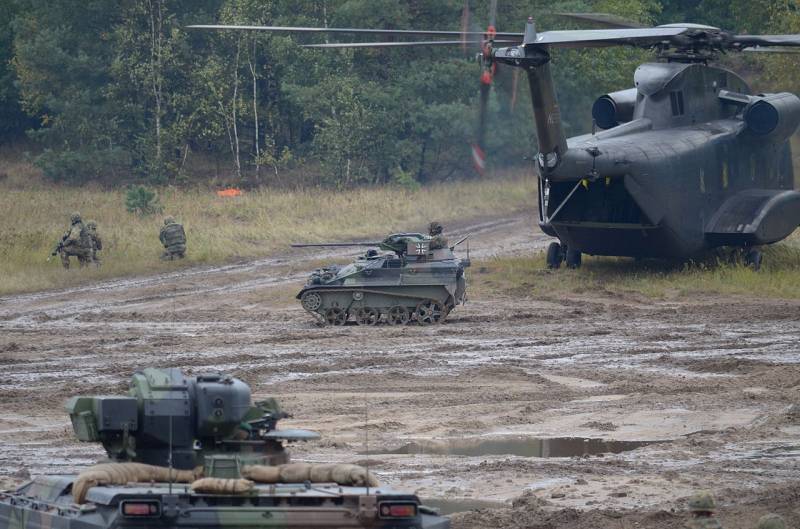
Delivery of Wiesel 1 armored vehicles with a 20-mm cannon by a military transport helicopter
At the end of April, the Bundestag approved the expansion of the program of military-technical assistance to Ukraine. Now it is planned to transfer not only light weapons, but also armored vehicles to it. In particular, the possibility of sending a certain number of armored vehicles of the Wiesel family is being considered. Whether the Bundeswehr will share such equipment is unknown. But the prospects for such assistance are predictable and obvious.
According to the press
At the end of April, new plans to assist Ukraine were considered in Berlin. The main result of this process was the decision of the parliament, giving the green light to the transfer of armored vehicles and heavy weapons. In addition, they began to give permission to arms manufacturing companies to export obsolete types of available equipment.
Against the backdrop of these events, on April 27, Focus Online reviewed the known proposals and revealed new information. So, in the context of the transfer of military equipment, it remembered the German armored vehicles of the Wiesel family. There are hundreds of such products in units and storage bases of the Bundeswehr, and they can be transferred to Ukraine along with other samples.
Speculation about the possible supply of Wiesels attracted limited press attention. However, over the past few days, it has not received any confirmation. Officials or anonymous media sources, when considering future deliveries of armored vehicles, do not mention Wiesel light vehicles.
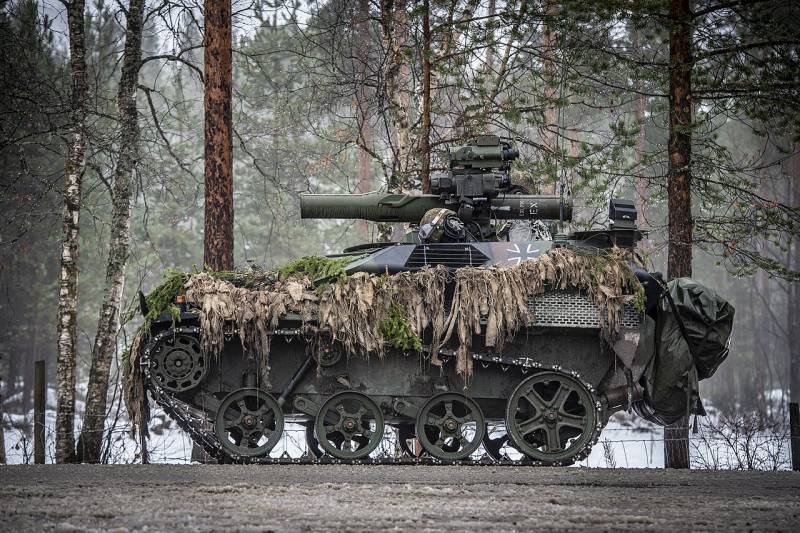
Wiesel 1 with TOW ATGM
Perhaps the situation will clear up in the near future. The German military and political leadership is only compiling lists of equipment suitable for transfer to the Kyiv regime. It is likely that they will include a number of Wiesel light vehicles. Such a step is quite consistent with the general logic of military-technical assistance to Ukraine, which has been observed recently. In addition, it will have clear and predictable prospects.
Landing equipment
The development of the future Wiesel family began in the first half of the seventies. The Bundeswehr wanted to get light landing “tankettes” with different weapons, capable of increasing the combat capabilities of airborne formations. The project was created by Porsche, and in 1975 it reached the stage of testing experimental equipment. However, after a few years, the customer abandoned the project for economic reasons.
The development company did not stop the project and was not mistaken. In the early eighties, the Bundeswehr again became interested in the subject of airborne armored vehicles. The total of this in 1985 was an order for the production of 343 Wiesel 1 armored vehicles in several modifications with different weapons and different tasks. Deliveries of serial equipment began at the end of the decade. Production was carried out by Rheinmetall.
According to the experience of the first years of operation of Wiesel-1, the German army ordered the development of an improved modification. This project was implemented in the nineties, and in 2001 the finished vehicle was put into service under the designation Wiesel 2. At the same time, an order for a series of 179 tankettes appeared. It was built approx. 150 units, after which production was stopped for reasons of economy.
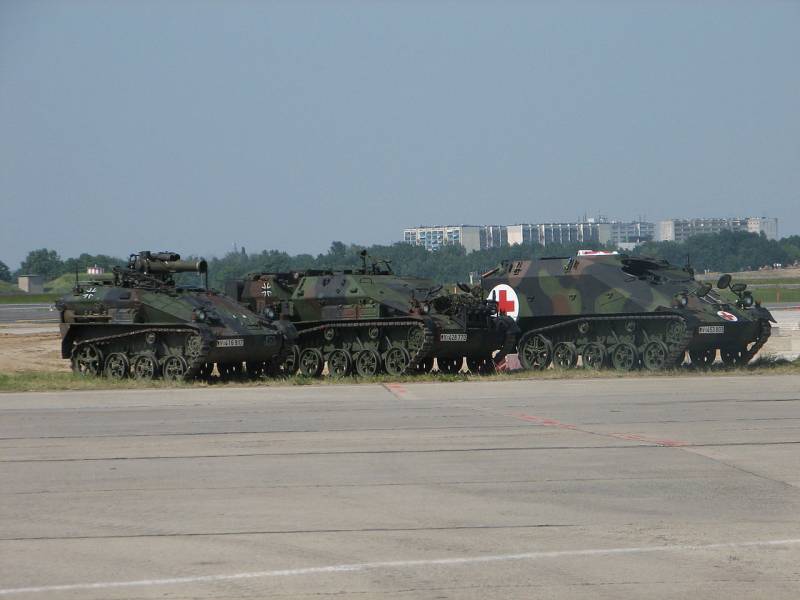
Wiesel 1 with TOW, Wiesel 2 with radar from the LeflaSys air defense system and the medical version of Wiesel 2
Armored vehicles of the family were actively used by the army and were even involved in peacekeeping operations. However, this technique quickly became morally obsolete, and in the last 10-15 years the German army has been gradually reducing its fleet. According to known data, approx. 70 fire support vehicles with a small-caliber gun and approx. 100 TOW self-propelled ATGMs. The remaining 350 armored vehicles are in storage.
The only customer for the Wiesels was the German ground forces. A number were transferred for study in the United States. Other countries showed no interest in them and did not order new or used cars. Now, a new foreign operator may appear – if the unnecessary cars are still given to Ukraine.
Multipurpose platform
The Wiesel armored vehicle was created for the landing units, which affected its appearance. This is a light and compact tracked tankette with a length of 3,55 mm and a roof height of 1,8 m with a combat weight of 2,75 tons, capable of carrying various combat loads or special equipment. A number of modifications were worked out, but not all of them reached the series.
“Wiesel” has a welded armored hull of a recognizable shape, providing protection against 7,62-mm bullets or shrapnel. In the bow of the hull, a diesel engine with an HP 86 power is placed. and transmission with the issuance of torque to the front drive wheels. The original project used an undercarriage with three road wheels per side. The rear guide wheel is lowered to the ground. The car can reach speeds up to 70 km/h.
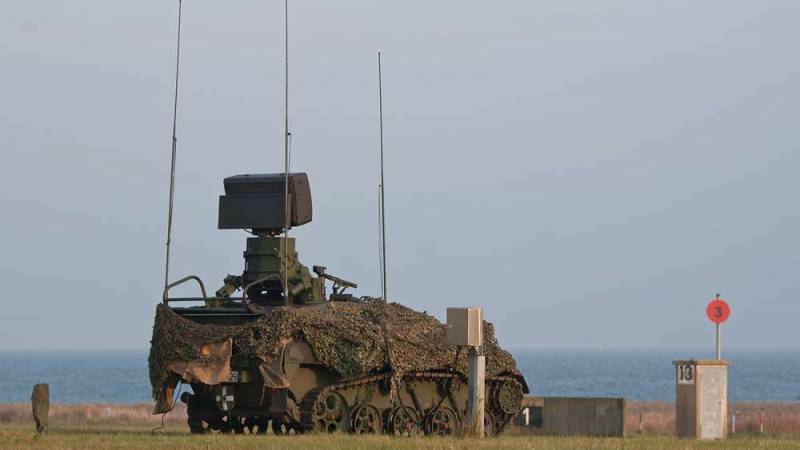
Radar from LeFlaSys
Due to its small size and weight, Wiesel 1 can be transported by various aircraft and helicopters, and landing is carried out only by landing. In the early stages, the possibility of a parachute drop was considered, but tests showed that the landing gear could not withstand such loads.
Serial Wiesel 1s were built in several configurations. The most widespread were reconnaissance and fire support vehicles equipped with a combat module with a 20-mm Rheinmetall MK 20 cannon. Self-propelled anti-tank systems with TOW missiles have also become widespread. For the engineering troops, a remote-controlled minesweeper with the necessary equipment was developed. Several more variants of the Wiesel for various purposes were worked out, but they did not reach the series.
The Wiesel 2 project provided for a deep modernization of the existing design. First of all, the hull was redesigned: it became longer and received improved protection. I also had to replace the engine with a more powerful 109-horsepower. Chassis received an additional pair of road wheels. According to the results of such processing, the length of the machine reached 4,8 m, and the weight exceeded 3,5-4 tons, depending on the modification.
Several types of equipment were built on the basis of Wiesel-2. Several of these chassis are used as part of the LeFlaSys air defense system, armed with FIM-92 Stinger missiles. A self-propelled mortar, a command vehicle, an ambulance, etc. have also been developed. As in the case of the basic wedge, other projects were developed that did not receive the approval of the customer.
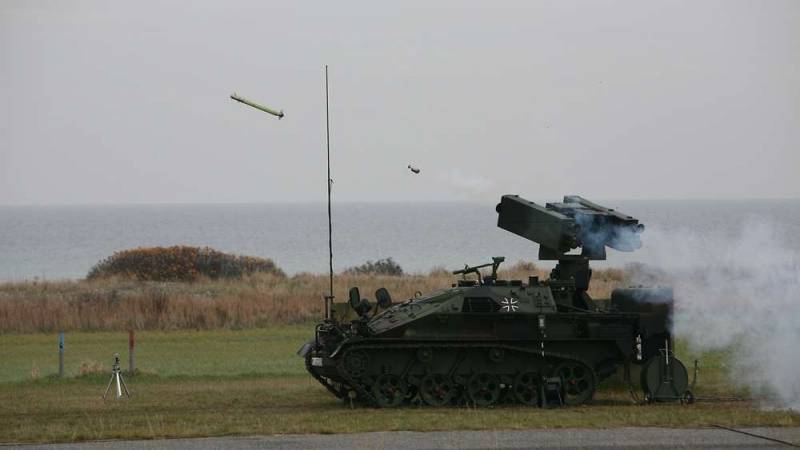
SAM is launching
Deprecated Help
At one time, Wiesel armored vehicles of two models and several modifications were built in a fairly large series. However, out of the ordered 520 vehicles, only 490 were built for the entire time. In addition, over the past decades, most of this equipment has been decommissioned, and about 170-175 units remain in service. It is likely that the size of the active park will continue to shrink.
The reasons for such cuts are simple and understandable. Both versions of the Wiesel are morally and physically obsolete. The first “wedge” was created according to the terms of reference from the first half of the seventies, and mass production was launched more than 30 years ago. A deep modernization of the design with the creation of the Wiesel 2 machine was carried out 20 years ago.
As a result, all variants and modifications of Wiesel machines do not meet current requirements and, in general, are of little value to the Bundeswehr. As new modern technology appears, they will be abandoned and put into reserve – or transferred to foreign partners.
Obsolete Wiesel vehicles can get to Ukraine as military-technical assistance. Obviously, such deliveries can only be beneficial for the German side. The Bundeswehr will have the opportunity to write off unnecessary armored vehicles and not spend money on their disposal. At the same time, Berlin will show its readiness to help the Kyiv regime.
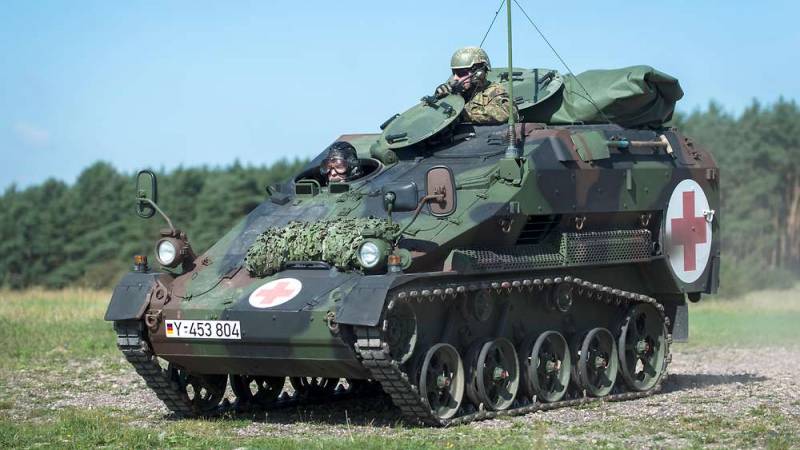
At the same time, the hypothetical supply of Wiesels is practically useless for the Ukrainian army. Morally obsolete equipment in any reasonable amount will not be able to compensate for the losses of recent weeks and / or seriously strengthen the Ukrainian army. In this case, the recipient will face all the typical problems in the form of the need to train crews and organize operation and maintenance.
In addition, any additional model from abroad increases the range of weapons and equipment. This leads to disunification and creates additional problems for Ukrainian formations. At the very least, they lose the opportunity to use the full potential of the assistance received.
Unclear and predictable
Thus, a very curious situation is developing around the supply of Wiesel armored vehicles. The possibility of transferring such equipment has so far been mentioned only by individual publications and has not been officially confirmed. Perhaps this issue will be clarified in the near future, when Berlin decides on plans to help Ukraine.
Despite the lack of official information, the prospects for such assistance are already clear and obvious. Once again, a foreign country can help the Ukrainian army and get certain benefits. At the same time, there are no special advantages for Kyiv partners in such a scheme. In this regard, the proposed delivery of Wiesel light armored vehicles is almost no different from other episodes of recent times.